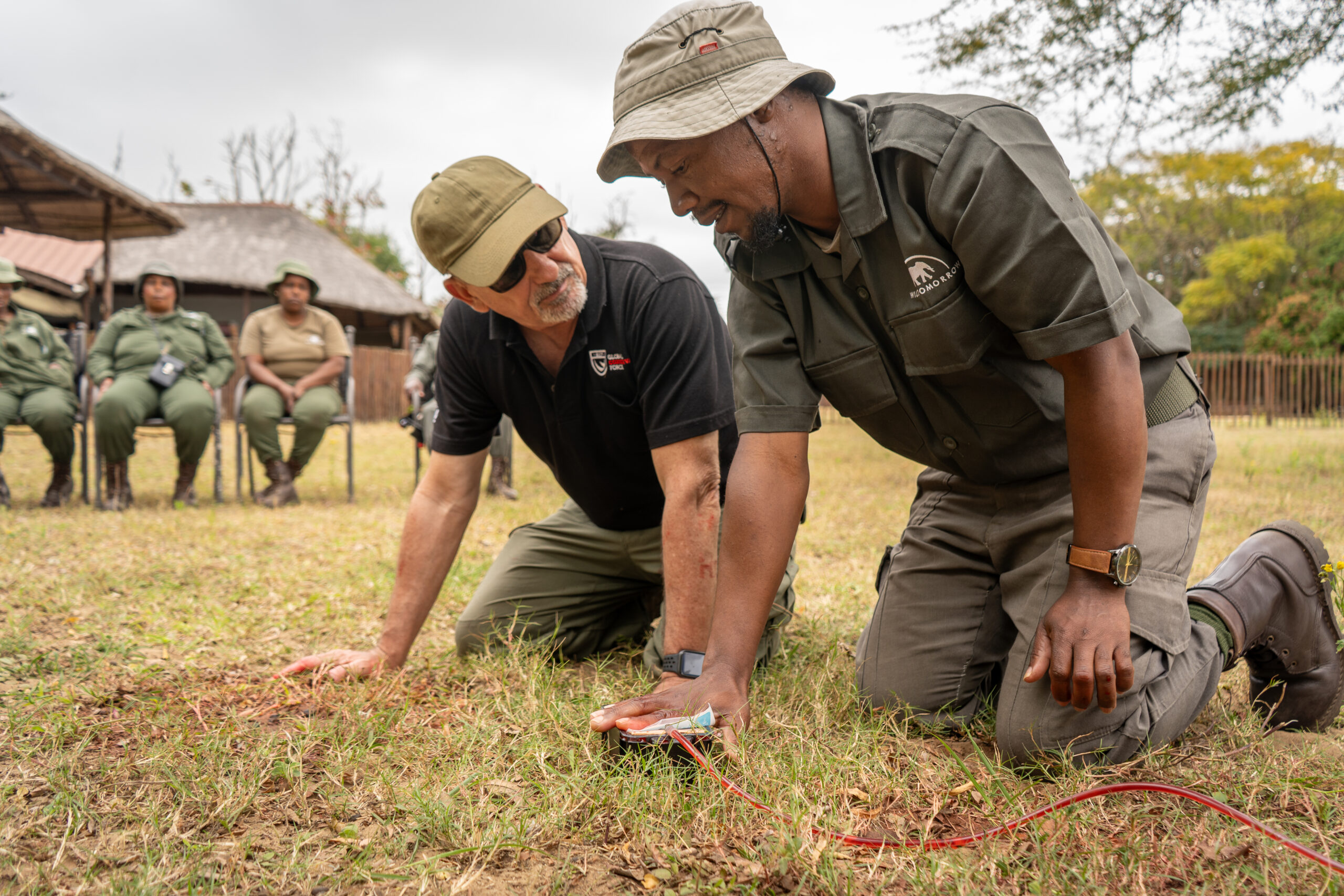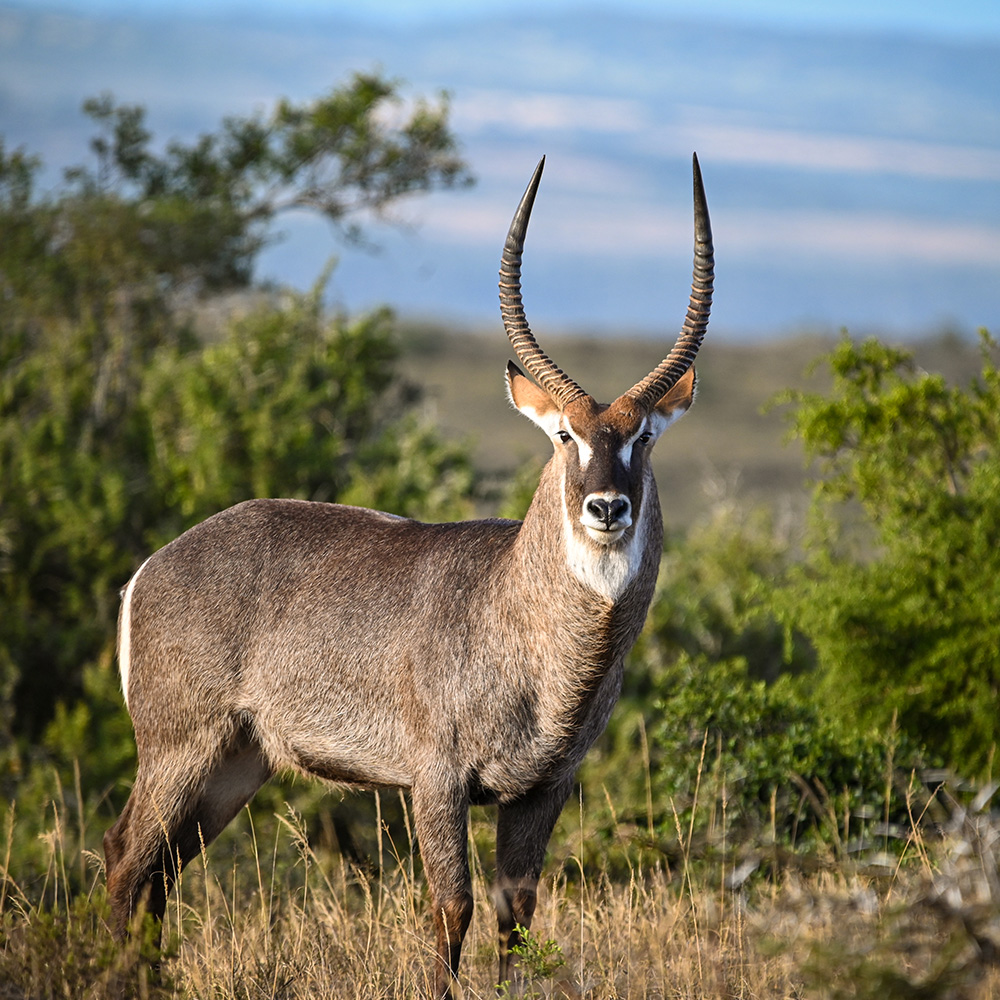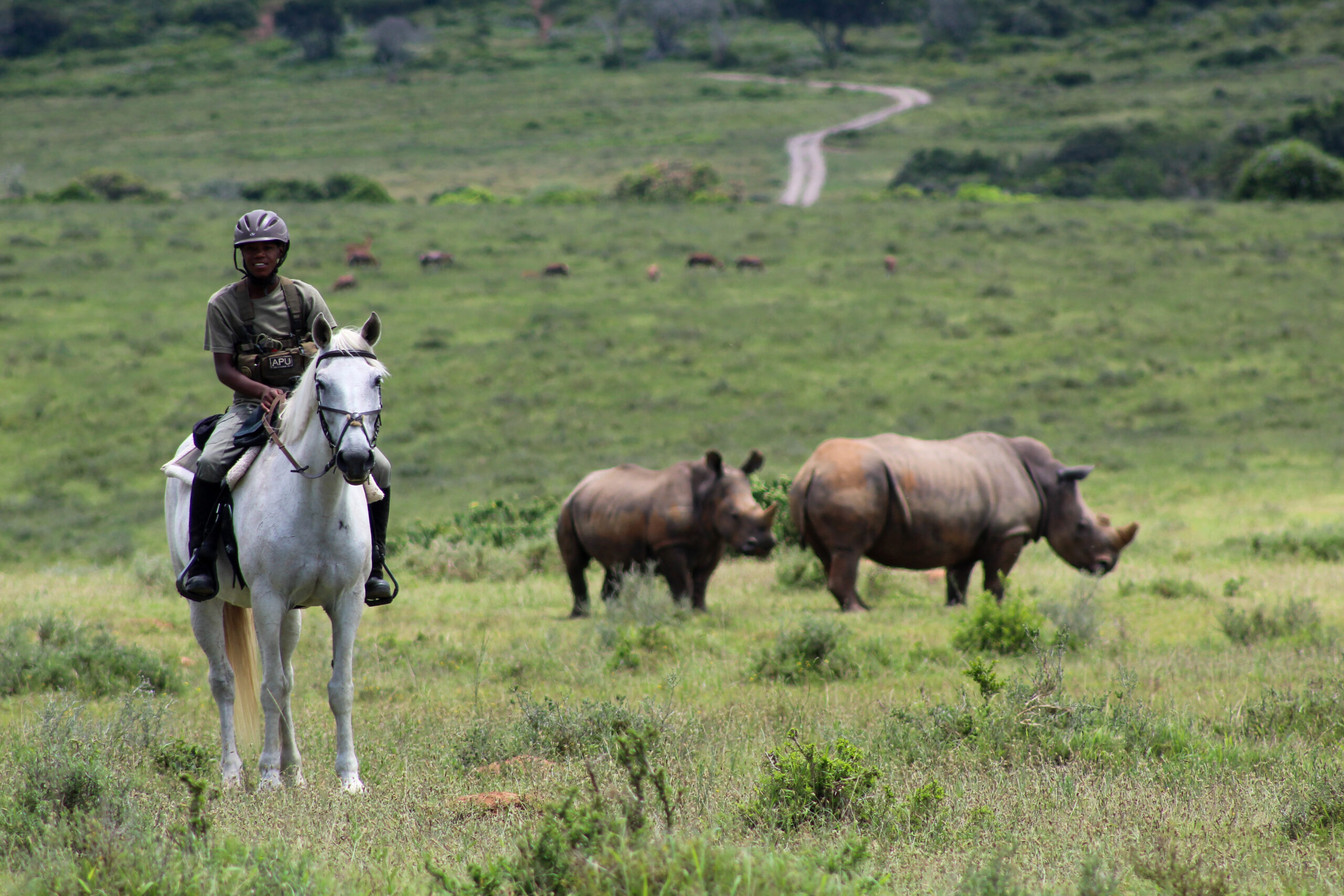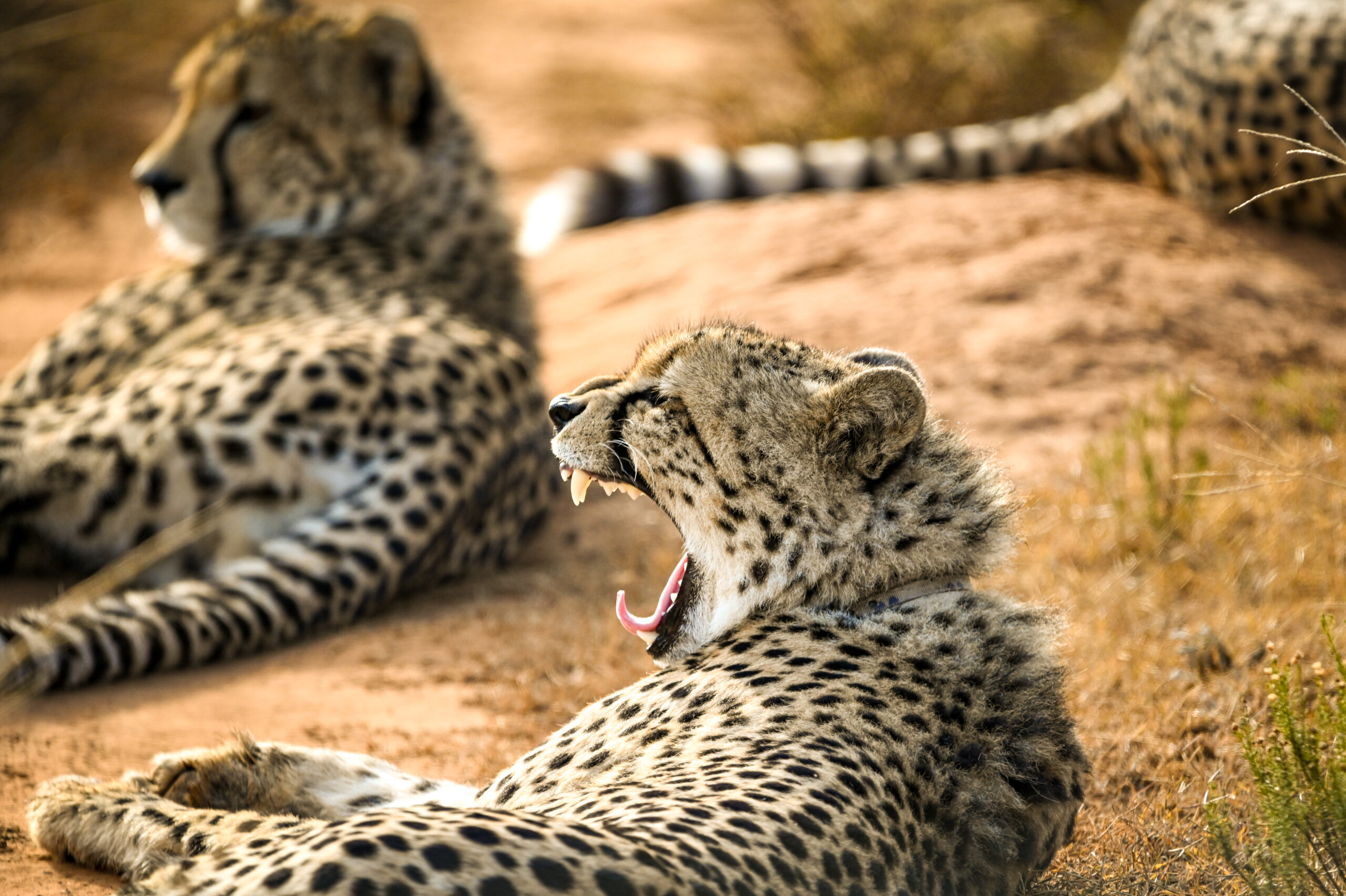Elephant Protection
African Elephants
The African elephant is the world’s largest land mammal, growing as large as 13 feet at the shoulder and weighing up to 12,000 pounds. They range over much of the lower two-thirds of the African continent, with the African bush elephant mostly found in grasslands and savannas, and the African forest elephant, as its name implies, mostly found in the forests of the Congo Basin.
African elephants live in herds comprised mostly of females and their calves, visited by males for breeding. Mature males will often form loose bachelor herds for protection.
Becoming a mother is quite the undertaking for a female elephant: one calf is born at a time, and gestation lasts for about 22 months. A female calf will live with her mother until she has a good reason to leave, sometimes staying the entire rest of the mother’s life. A male calf will separate from the herd shortly before reaching full maturity.
An African elephant’s trunk has two finger-like protrusions on the end that enable the trunk to be used like a hand. While an elephant can hold up to a gallon of water in its trunk at a time, they don’t drink through it like a straw. Instead, they release the water into their mouth.
Elephants, like most herbivores, spend a considerable part of their day foraging for food. An adult African elephant can eat up to 130 pounds of plant material every single day. This diet is incredibly hard on an elephant’s teeth, but the elephant has an interesting solution to this problem: they will get six sets of teeth during their lifetime. When the current teeth fall out, they’re replaced by a new set moving forward from the back of the jaw. After an elephant loses its last set of teeth, they can no longer grind down hard plant materials and will move to areas with softer marshy grasses, frequently dying there from malnutrition. This is believed to be the source of the elephant graveyard legend.
Along with their trunk, one of the most notable features of an elephant is its tusks. In African elephants, both males and females grow tusks, though males’ are larger, growing up to 7 feet long. The tusks are modified upper incisor teeth and grow continuously throughout an elephant’s life. Unfortunately, they are also highly sought after by poachers. The largest demand for ivory is in Asia, where it’s used as a traditional art and carving material. The social history of ivory has created a deeply sentimental market that is devastating to the elephants of the world. At current rates, we are losing an elephant every 8 hours to poachers.
Enlist today to help.
Asian Elephants
Asian elephants are found primarily in southern Asia, with the largest concentrations in Sumatra and India. In many of these countries, the Asian elephant has a relationship with humans completely unlike that of its African counterpart. Asian elephants are frequently used as working animals, providing heavy labor and transportation similar to, but on a much larger scale than, the horse in the West.
Asian elephants are a bit smaller than their African fellows, with smaller, more rounded ears, a prominent dome to the forehead, and only one trunk proboscis, or finger. They live in forested areas, with a similar social structure to that of the African elephant: females and their offspring form herds, while males are solitary or live in loose bachelor herds nearby. With a lifespan up to 70 years, elephants have a maturity schedule similar to humans, and form lasting bonds with their herd mates.
Like the African variety, Asian elephants have six sets of teeth in their lifetime, and their tusks are modified upper incisors. Unlike African elephants, only the males typically have tusks, and not even all males do. While this is good news for the Asian elephant, as it means poachers only target males, Asian elephant populations are still in decline. As long as the demand for ivory continues to exist, all elephants are at risk. Enlist today to help.
CONNECT
- P.O. Box 956 Oceanside, CA 92049
- info@globalconservationforce.com
- EIN 474499248
- Copyright 2024. All Rights Reserved. Powered by Wild Media.






